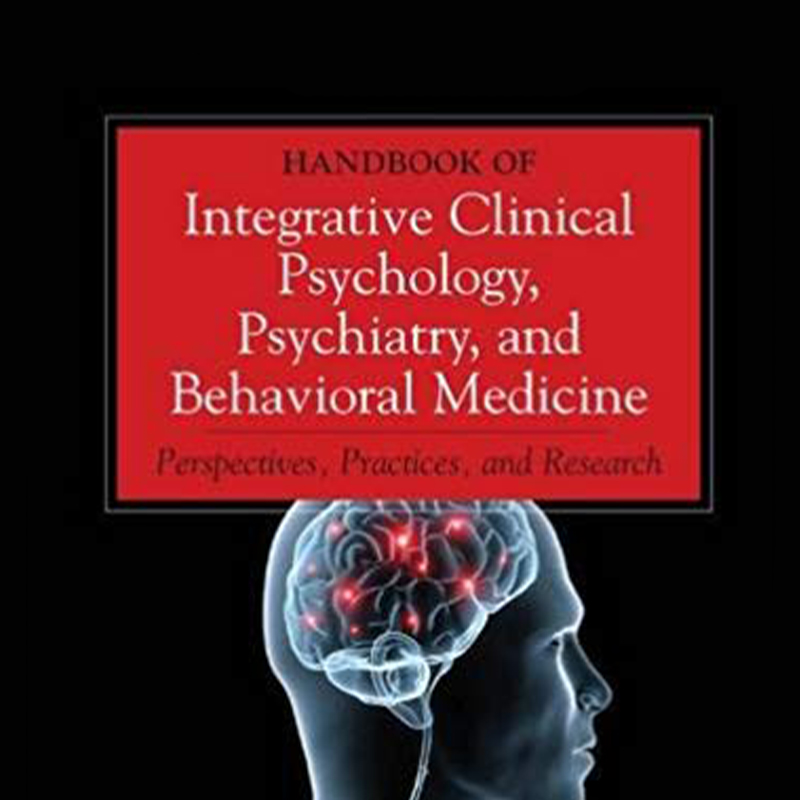Braboszcz, C., Hahusseau, S., Delorme, A. (2010) Meditation and Neuroscience: from basic research to clinical practice. In “Integrative Clinical Psychology, Psychiatry and Behavioral Medicine: Perspectives, Practices and Research”. Editor: R. Carlstedt. pp 755-778. Springer Publishing.
Abstract
Meditation has been extensively practiced in many civilizations for thousands of years as a means of cultivating a state of well-being and for religious purposes. It has now started to be studied in terms of its influence on the brain and body and used in clinical settings. This chapter will first review meditation effects at the physiological, attentional, and affective levels and the scientific paradigms used to study these effects. A clinical application on emotion regulation will then be presented.
The diverse effects of meditation on the body and cognitive and affective processes are beginning to be understood, and these techniques are now used in clinical settings for patients suffering from emotional and attentional disorders. The wide range of observable effects of attentional training during meditation allows us to study the multiple connections between the mind, brain, and body. Such connections are increasingly being acknowledged, and their investigation offers new pioneering approaches both in clinical practices and in fundamental cognitive neuroscience research.
